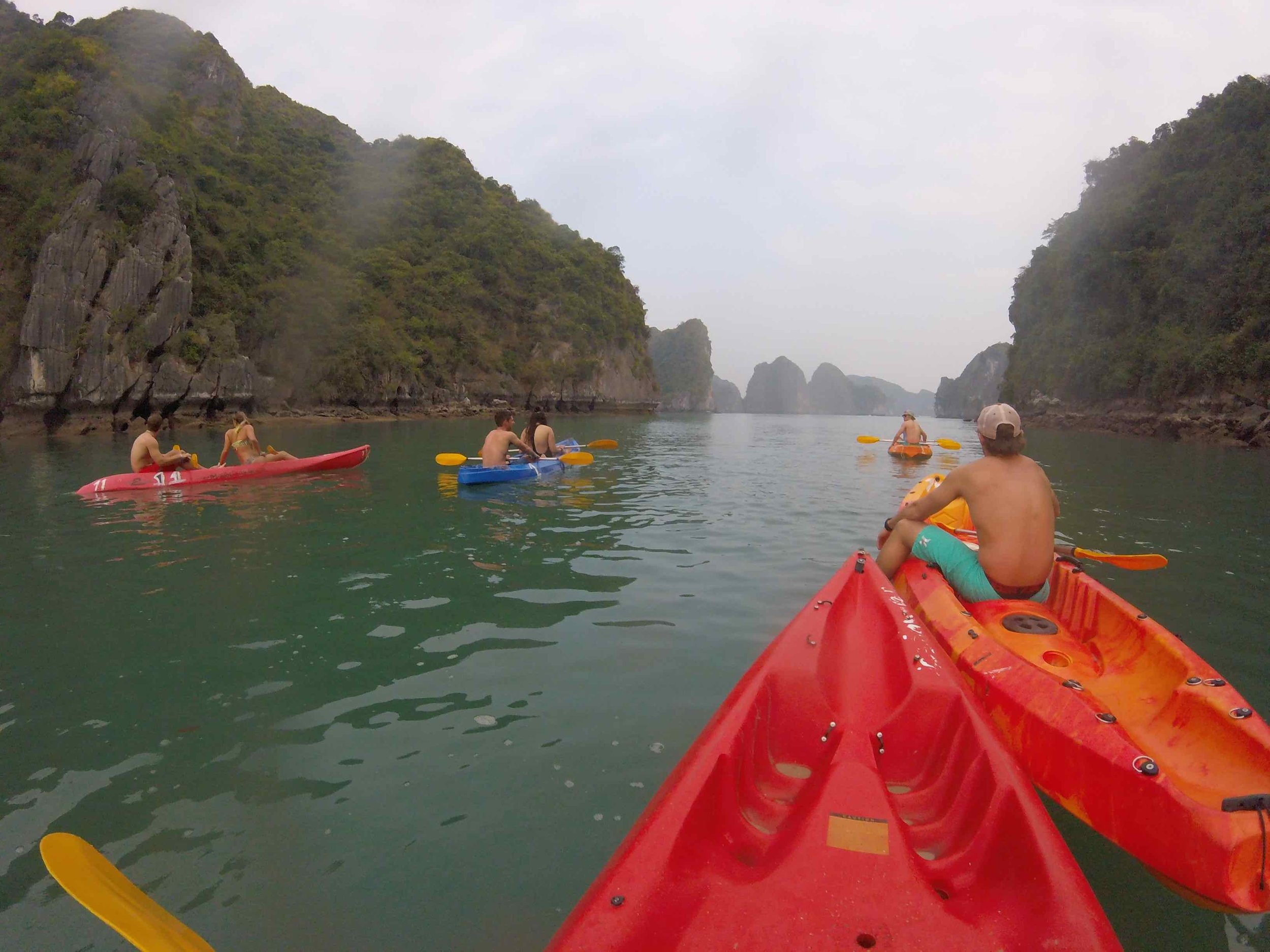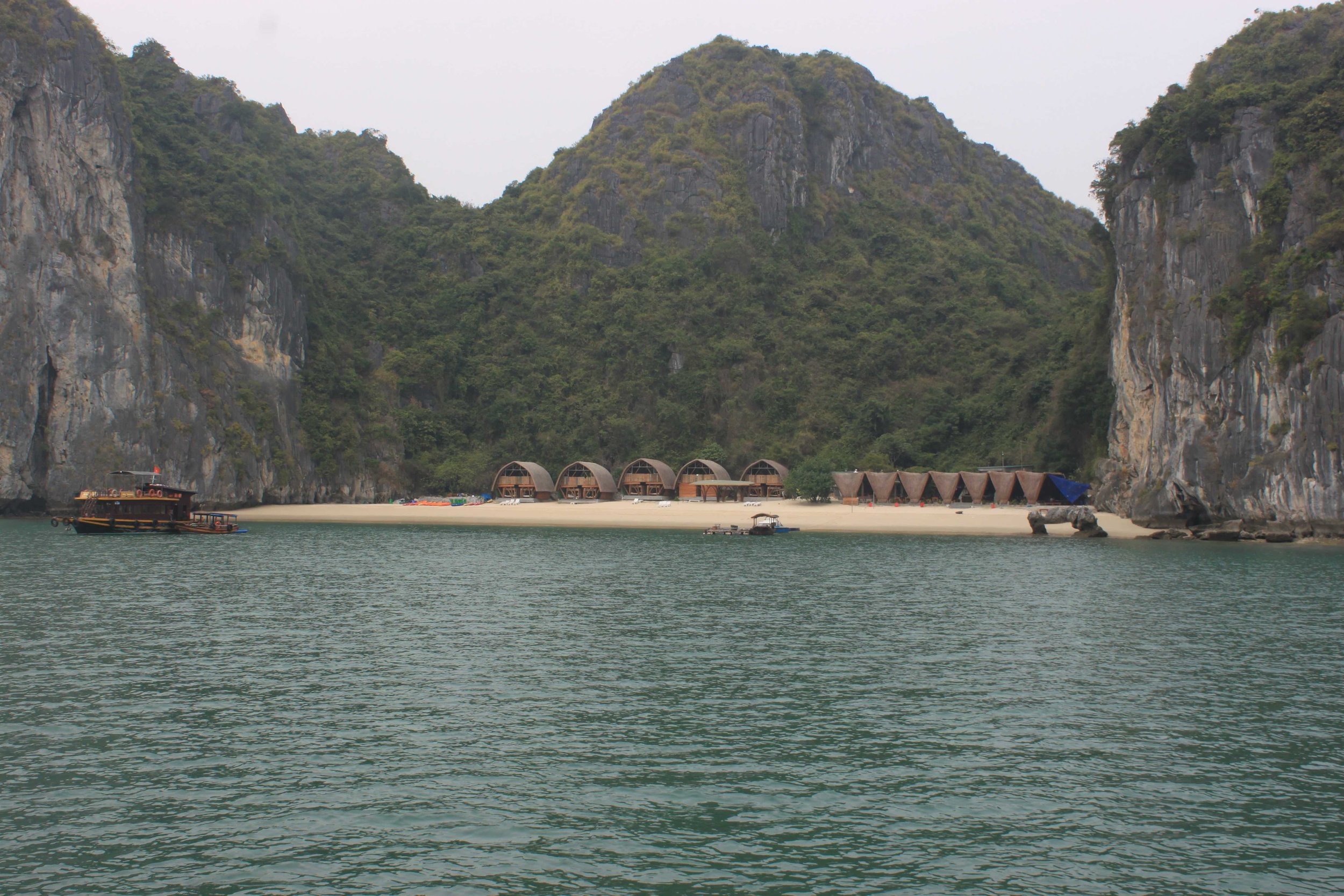“Just a few more meters” I told myself as the tunnels seem to grow smaller and tighter with each turn. I have never felt claustrophobic before in my life, but I definitely did not enjoy crawling through those tiny tunnels. This experience really made me reflect on how life must have been for the soldiers who had stayed down in those tunnels for years.
The Cu Chi tunnels are located just under two hours from Ho Chi Minh, and are a system of tunnels that the Viet Cong used as their base to hide out and communicate during the war between Vietnam and the United States. Not only was the network of tunnels intricate, with designs such as fake ant hills placed above tunnels to disguise air holes, but there were also many traps set up among the area.
There were a variety of different types of traps, many constructed out of bamboo with poison on the sharp ends of the bamboo sticks. Our guide told us in great detail about how if the soldier did not die from the impact of the fall, they would die slowly over the course of a few days as the poison seeped into their bodies.
Overall, however, the extremely humble way that the guide spoke about the war would not even alert one to the fact that the Vietnamese had been triumphant over the United States, if they did not know that before. He spoke highly of many of the US presidents and war veterans throughout his tour of the tunnels. Life was extremely difficult in the tunnels, with food and water being scare and infections easily developed due to the constant moistness in the tunnels after a rainfall. The soldiers were often forced to stay underground for days at a time, but would come up to go to the bathroom when possible as there were no bathrooms built in the tunnels. The creativity of the Viet Cong soldiers was impressive, and I am very glad I made the day trip out to see this remarkable piece of history.











